Cloud Computing Patch Automation Checklist
With the rise in cloud technology, it’s no wonder that more IT pros are opting for a career in cloud computing. Sound familiar? We can help! Use the following checklist to see which of your cloud computing components can be automated to lighten
your load. Get the full picture on patching in Cloud Maintenance 101: Checking the Pulse of Your Cloud Technology.
Physical Hardware Checks

- Check hardware termination.
- Check cloud computing hardware interoperability.
- Identify any hardware faults on servers, printers, etc.
- Check functionality of other cloud computing peripherals.
- Investigate any disconnected cables.
- Check for incorrectly connected cabling.
- Check for error indicators.
Backup and Restore
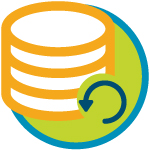
- Check backup logs for errors.
- Verify backup job consistency.
- Perform test restore using recent backup media.
- Ensure backup is running on schedule.
- Run a cleaning tape when required.
Cloud Computing Software Updates and Licensing
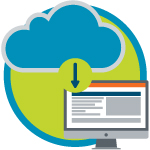
- Check for operating system updates.
- Assess cloud computing components for application updates.
- Check any third-party applications for updates.
- Ensure antivirus definition update scheduling is operational.
- Check for updated printer drivers.
- Ensure product licensing is current and valid.
Event Logs and Services
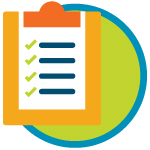
- Check system, application, Domain Name System (DNS), Functional Requirement Specification (FRS) and security logs.
- Archive old events with appropriate dates.
- Troubleshoot error events and warnings that arise in your cloud computing environment.
- Check cloud computing services for failed startups.
- Check the correct services are starting up.
- Disable unnecessary services.
Disk Management

- Check disks for data integrity and consistency.
- Analyze disk performance and usage.
- Check status of Redundant Array of Inexpensive Disks (RAID) configuration if applicable.
- Perform and or schedule a chkdsk and defragment disks if required.
- Check disk capacity.
- Clear temp files.
- Check network shares and disable any unnecessary shares.
Antivirus
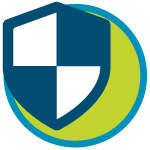
- Check event, history and virus logs in your cloud computing environment.
- Check scan schedule times.
- Clear quarantined items.
- Ensure antivirus definition updates are occurring in your cloud computing environment.
Cloud Computing Security
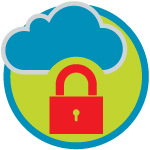
- Enable and check firewall and router logs. Troubleshoot findings. Perform penetration tests on network/servers.
- Perform security checks on other cloud computing applications and files.
- Check wireless authentication, encryption, access control and logs.
- Check for password strength policies.
Active Directory
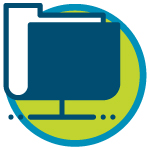
- Check active directory replication.
- Check active directory using replmon, dcdiag, and/or netiq tools.
- Monitor active directory performance.
- Audit and remove unnecessary user accounts.
Microsoft Exchange Mail System

- Check Exchange event logs.
- Clear dead and/or bad mail.
- Check individual mailbox space usage and note any large mailboxes.
- Ensure replication and routing events are successful.
- Schedule a database compact using either isinteg or eseutil tools.
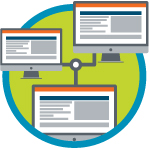
- Check network utilization rates.
- Monitor any excessive broadcast traffic.
- Identify any network bottlenecks.
Miscellaneous Maintenance Tasks for Cloud Computing
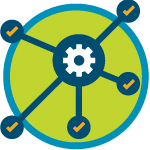
- Check server performance using perfmon.
- Check (Dynamic Host Configuration Protocol (DHCP), Domain Name System (DNS) and Windows Internet Name Service (WINS) configurations.
- Check Windows Server Update Services (WSUS) synchronization logs.
- Approve any necessary updates to your cloud computing environment.
- Confirm group policies settings.
- Check the uptime of servers, switches, and routers.
- Test Universal Power Supply (UPS) battery performance.
- Make a hardware profile in case you need to roll back your cloud computing environment to the last known working config.
- Test your contingency remote access mechanism(s). Examples are PCAnywhere, Terminal Services, Virtual Network Computing (VNC), HP Integrated Lights-Out (iLO) management port.
The vendor-neutral CompTIA Cloud+ IT certification validates the skills you need to maintain your cloud computing environment and
automate patching tasks. Download the exam objectives to learn more.
Read more about Cloud Computing.










